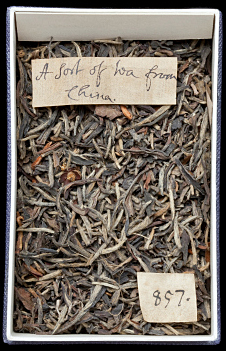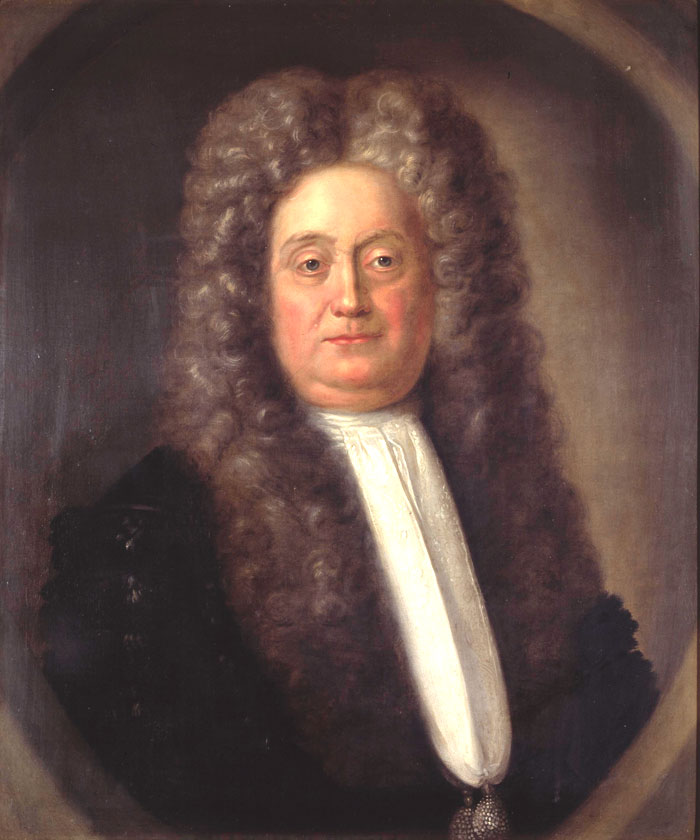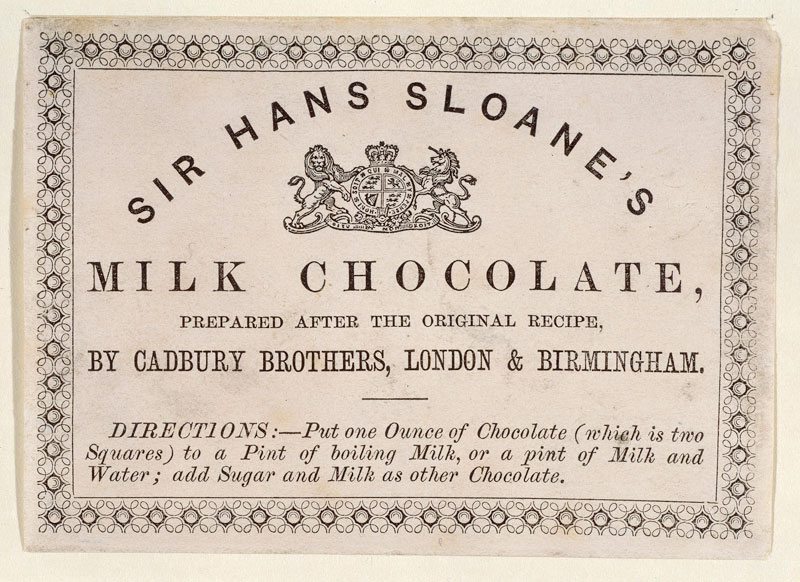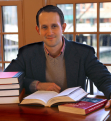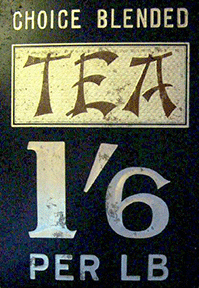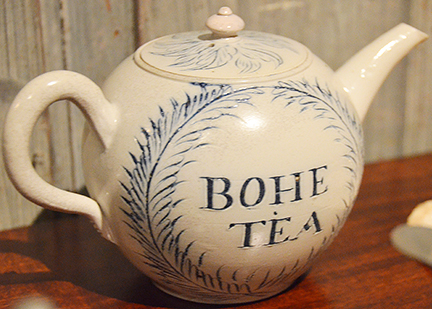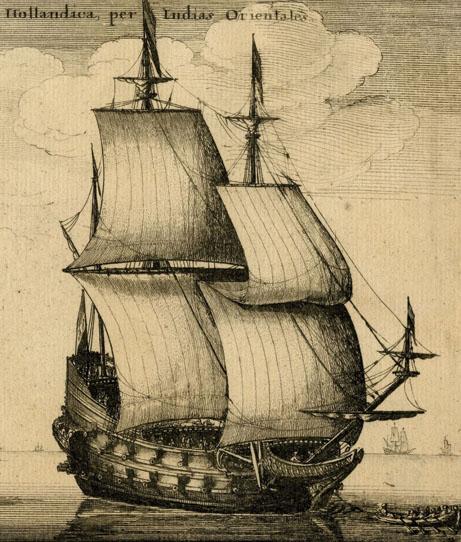British researchers have found what they believe to be the oldest tea in Britain, and to the surprise of contemporary British tea drinkers, the tea is green!
The unassuming box of Chinese tea was acquired around 1700 by a ship’s surgeon James Cuninghame. Cunninghame subsequently gave it as a gift to the famous physician and collector of curiosities, Hans Sloane. Sloane’s vast collection served as the genesis for The National History Museum in London.
The tea, labeled ‘A sort of Tea from China’ and acknowledged as a gift ‘from Mr Cuninghame, remained unnoticed until a recent study on the museum’s ‘Vegetable Substances’ allowed the collection’s long forgotten contents to be discovered. Historians from Queen Mary University of London (QMUL) subsequently identified the sample’s significance as the oldest physical remnant of the nation’s favorite drink.
According to NHM researchers, Dr. Charlie Jarvis and Victoria Pickering, the tea was “almost certainly collected or purchased by James Cuninghame, a Scottish surgeon, trader and collector, during one of his two trips to China in the late seventeenth and early eighteenth century”.
Dr. Richard Coulton, researcher at QMUL said: “Among other things, Cuninghame was a pretty intrepid plant-hunter. In 1697 he joined an illicit private trading voyage to Amoy in Fujian province, a center for the early-modern tea trade. “He arrived back in Britain in 1699 and very soon after set out again to China with the famous British East India Company. He stayed for three years on the island of Chusan, where he found the tea plant growing wild and witnessed the local manufacturing of leaf tea.”
